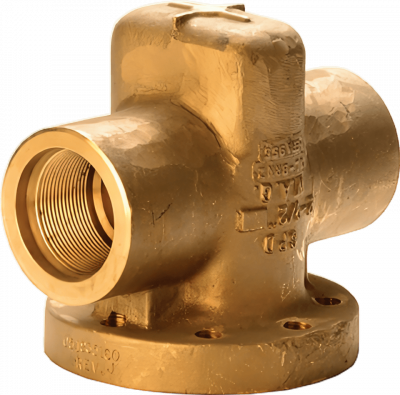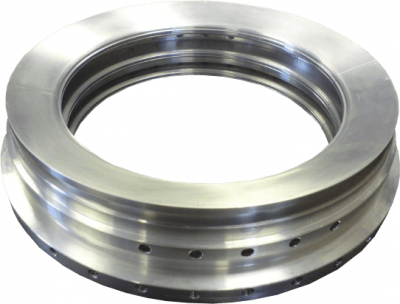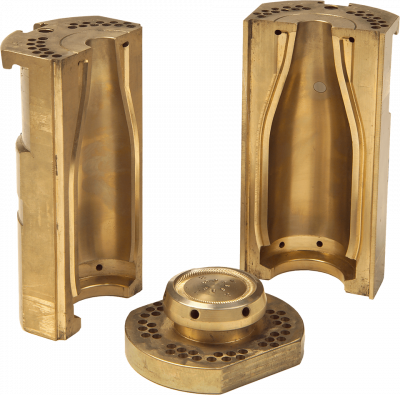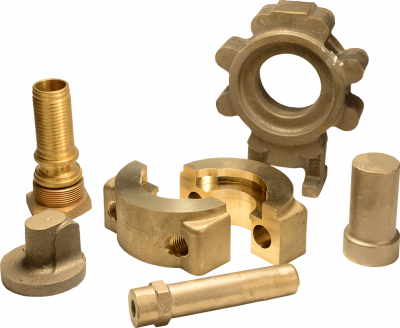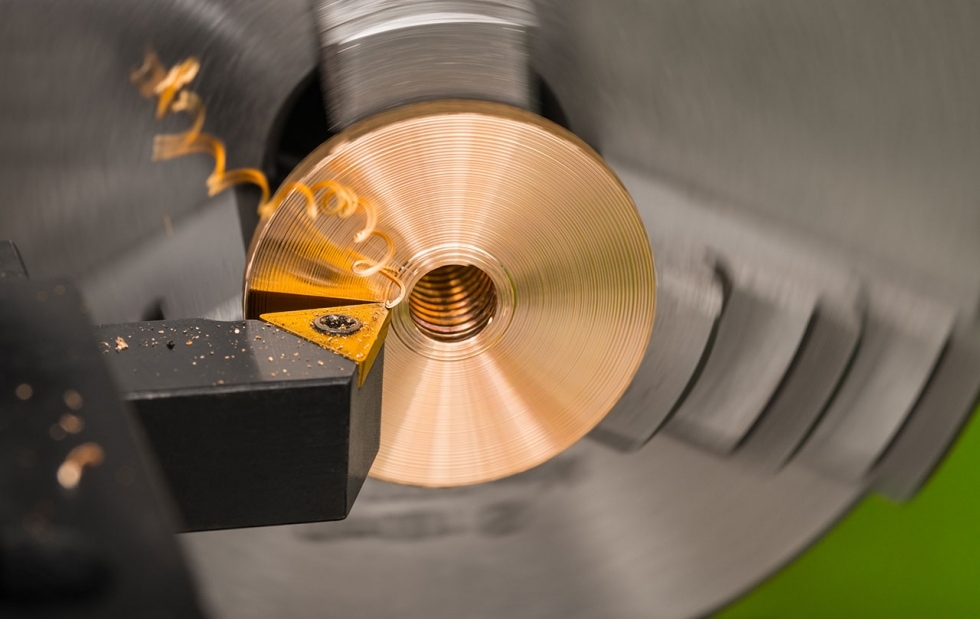
Brass vs. Bronze: Choosing the Best Alloy for My Application
It can be difficult to determine when to choose a brass alloy over a bronze alloy and vice versa, depending on the end-use of your part. Distinguishing between brass and bronze can be difficult, as they can look very much the same and can often possess similar qualities. In actuality, the difference between brass and bronze and brass can be quite vast, in everything from their color to the properties each alloy exhibits. Parts produced from either a brass or bronze alloy provide a variety of advantages, though which is correct for your application, or which one is the better metal, is often debatable. So how do we choose in the debate of brass vs bronze? The solution is knowing the notable differences between brass alloys and bronze alloys and how they apply to the end-use of your casting.
Brass Alloys for Decorative Parts & Low-Friction Applications
Brass is an alloy primarily consisting of copper and zinc. Due to its resemblance to gold, it is often used in more decorative applications and is commonly used in making musical instruments because of its high workability and durability. It’s smooth surface finish and ease of machinability keep finishing costs low.
Different proportions of copper and zinc yield a variety of brass alloys all with varying properties. Brass can be cast, forged, extruded, or cold drawn. Brass is also more malleable than bronze, but is susceptible to stress cracking when exposed to ammonia. It is important to consider the part’s end-use, as high levels of chlorine break down zinc content.
Bronze Alloys for Industrial Castings and Non-Corrosive Applications
Bronze, one of the oldest alloys, is primarily made up of copper and tin. Since the Bronze Age, man has been using bronze alloys to make metal tools used in numerous industrial advancements. While the formulas and applications for bronze castings have evolved and changed over time, the qualities of bronze continue to make it a strong choice in a multitude of industrial applications including but not limited to: bearings, bushings, gears, pumps, fittings, housings, and valves
Using bronze to produce components very similar to what we use today dates as far back as Roman times. Combinations of copper, tin, and lead were used to procure a more malleable metal. As bronze alloy casting manufacturing has evolved, and the importance of moving away from the use of lead has risen, non-ferrous foundries are incorporating the use of Bismuth as an alternative for lead, meeting the standards and requirements for lead-free bronze parts. Much in the same way brass alloys can contain other elements, bronze alloys can consist of other elements making up additional bronze alloys that are used in manufacturing such as Phosphorus (Phosphorus Bronze), Aluminum (Aluminum Bronze), Manganese (Manganese Bronze), Tin (Tin Bronze), or Silicon (Silicon Bronze).
Bronze is hard and resistant to metal fatigue and corrosion, especially to corrosives such as seawater. Bronze is inexpensive, has anti-sparking characteristics, and is an excellent conductor of both heat and electricity. In many ways, bronze alloy castings are a versatile choice, but choosing the right bronze casting supplier for your needs is important.
The Difference in Brass vs. Bronze: Composition, Properties & Applications
| Bronze | Brass | |
| Composition |
|
|
| Properties |
|
|
| Applications |
|
|
Erie Bronze & Aluminum is a leading bronze casting supplier, providing 100% American-made castings; we pride ourselves on quality bronze sand castings serving a wide range of industrial applications. We manufacture multiple types of bronze alloys including aluminum bronze, manganese bronze, tin bronze, and silicon bronze. Erie Bronze & Aluminum is a leading bronze alloy casting supplier.
With capabilities to cast from 5 to 500 lbs., we are an industry leader specializing in non-ferrous bronze castings. The markets we serve are a testament to the quality bronze castings we provide. In addition to our expertise in bronze castings manufacturing, we are also experts in aluminum tubes and rings. Our experienced and knowledgeable staff takes the time to understand your requirements and provides the highest level of customer service.
Choosing the correct metal alloy, whether choosing between brass alloys or bronze alloys, can be challenging, which is why the process for selecting the right supplier for your specific application requires careful consideration. Take an internal audit of your company’s needs and wants and determine what is most important. Explore Erie Bronze & Aluminum’s website and talk to a sales rep or business associate today to get a true understanding of what we can do for you.

